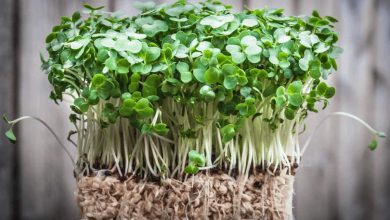Ecological agroschool in Zaragoza. #WeWantToGetToKnowYourOrchard
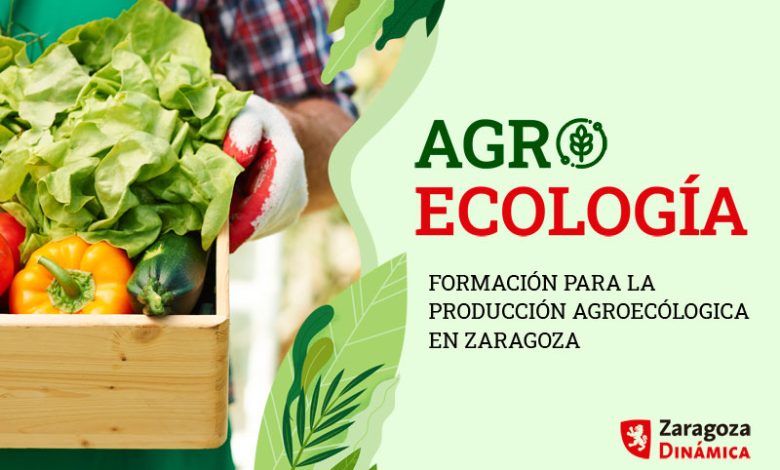
Very good to all Agrohuerters! Following Dani’s initiative that we resumed a couple of weeks ago, #WeWantToGetToKnowYourHuerto, this time we are going to Zaragoza to see the final project of Rafael González del Castillo, a very enterprising architect who is carrying out innovative initiatives in the field of sustainability and the reuse/recycling of spaces and materials.
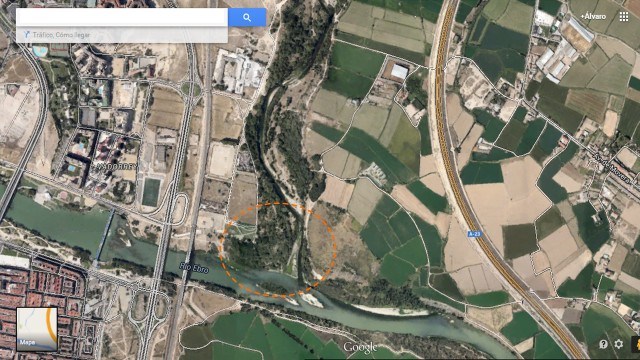
Rafael was riding a bicycle through the green ring of Zaragoza when he discovered that there was a little treated area of great ecological value, the mouth of the Gállego river in the Ebro river located in the extreme east of the city.
This area is characterized by being a transition point between the urban and the rural, in a few meters you go from the city to the countryside, finding very fertile plots of land and orchards due to the contributions of the rivers. Rafael decided to take advantage of this situation to create an enclave that could combine the beneficial properties of the rural and the urban, softening the transition between these two realities, and that is where our beloved urban gardens come into play.
The ecological agroschool project in Zaragoza
Rafael’s project focuses on the creation of an ecological agroschool that would take advantage of the mouth of the Gállego River to create orchards. These orchards benefit from the contributions of the river in its floods and could be visited by expanding the green belt of the city.
I leave you this video to better illustrate your project:
As you can see, the city of Zaragoza has two parks and a green ring that borders the Ebro river. Rafa’s idea is to continue this green ring by creating the agroecological school and a third park that serves as a link for the aforementioned. This gives the project an innovative character by reinventing natural spaces to give them a utility that benefits all citizens, creating green and recreational areas combined with productive plots dedicated to horticulture and building an agro-school that teaches ecological principles to the inhabitants of the city and the users of the orchards.
It doesn’t surprise me that the project has received many awards because it provides services and solutions to many problems and concerns without too much complication.
The multifunctional terrace system
I am going to try to explain a little better the mechanisms of this project because it has a lot of crumb…
As you may have seen in the video, the Ebro tends to increase its course as the years go by. Rafael has taken this circumstance into account by designing a multifunctional terrace system:
- The terraces make it possible to have different plots for different uses depending on the proposed crop rotation.
- Gabion walls are a structure that partially allows the entry of water, the water filters through the gabions, which increases the permeability of the soil and consequently the fertility of the orchards.
- Taking advantage of the periodic flooding of the river allows the plots to be renewed with new sediments by directly receiving the contributions of the same during its floods. This effect will be greater in the lower plots. This means that external inputs of manure or fertilizers are practically not necessary for the crops and gives the project a more ecological character.
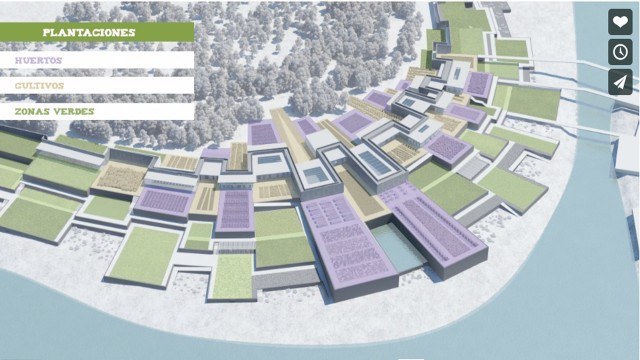
In the previous link you can discover all the ins and outs of the construction of the agroschool, its sections, structures and facilities, if you look closely it has everything, from a conference room, a cafeteria, a market, a research center, etc… They are sheets that must be look carefully because they are full of details such as sanitation, heating system, proposed crop rotation, permacultural and ecological initiatives etc.
Rafael has sectioned the construction so that it can be seen from different sections. Thus we can see in several sections the layout of the proposed crops depending on the area of the river, its flooding capacity and the corresponding buildings of the agro-school. We can see how the experimental crops are next to the research building, the library next to the urban garden, etc.
I have to tell you that even if the project is finished, it is not likely to be carried out because architectural projects are more focused on theoretical research than on practical execution. Even so, Rafael has had the opportunity to explain it to the Zaragoza councilor for culture, I hope that one day it will be carried out, using the riverside areas to create orchards allows for a great improvement in the urban landscape by creating green areas with practically minimal maintenance when take advantage of the contributions of the river as a substrate.
I hope you liked his project, I found it very interesting and that’s why I wanted to introduce it to you, thank Rafa for explaining it to us, I suppose that if you have any questions you can present it to him from this same post.
Be sure to keep an eye on our YouTube channel to have a fun time learning more tips about horticulture:
A strong greeting!


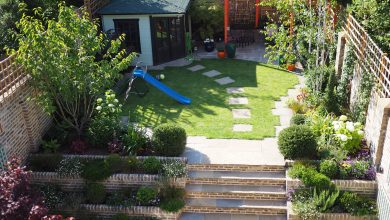
![Photo of What diseases and pests attack the cherry tree? [Identify and Treat]](https://www.complete-gardening.com/wp-content/uploads/2022/08/what-diseases-and-pests-attack-the-cherry-tree-identify-and-treat-390x220.jpg)
